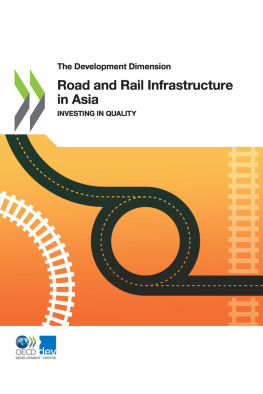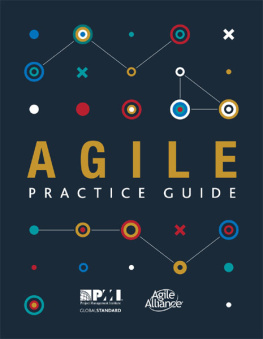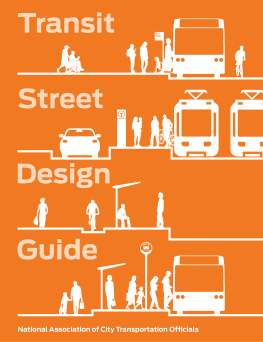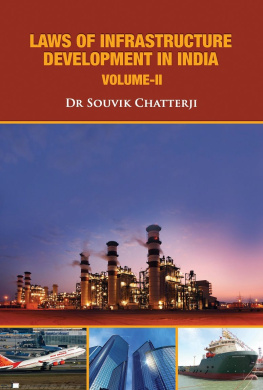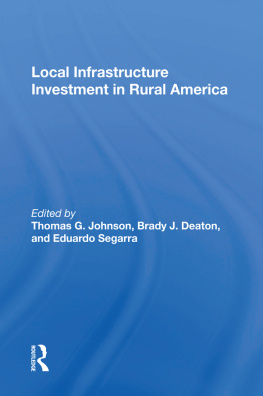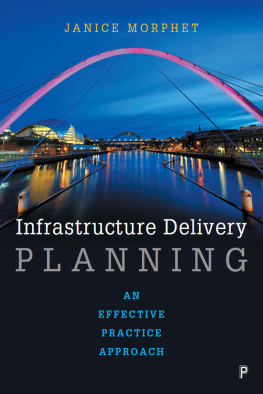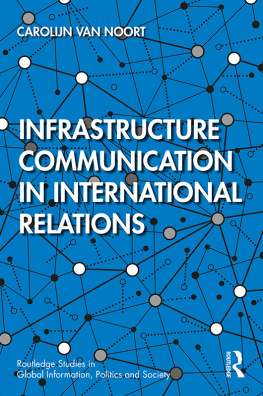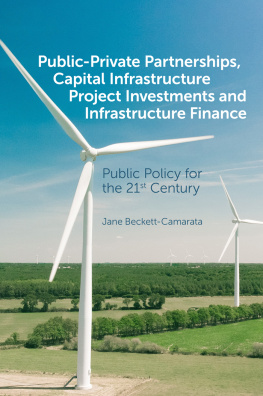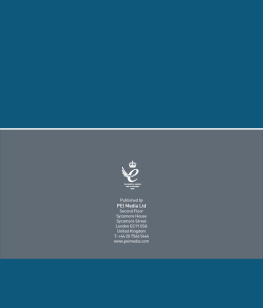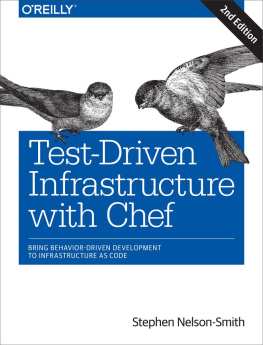The Development Dimension
Road and Rail Infrastructure in Asia Investing in Quality
Please cite this publication as:
OECD (2018), Road and Rail Infrastructure in Asia: Investing in Quality , The Development Dimension, OECD Publishing, Paris.
https://doi.org/10.1787/9789264302563-en
Metadata, Legal and Rights
ISBN: 978-92-64-30255-6 (print) - 978-92-64-30256-3 (pdf) - 978-92-64-30832-9 (HTML) - 978-92-64-30831-2 (epub)
DOI: https://doi.org/10.1787/9789264302563-en
Series: The Development Dimension
ISSN: 1990-1380 (print) - 1990-1372 (online)
This work is published under the responsibility of the Secretary-General of the OECD. The opinions expressed and arguments employed herein do not necessarily reflect the official views of the member countries of the OECD or its Development Centre.
This document, as well as any data and any map included herein, are without prejudice to the status of or sovereignty over any territory, to the delimitation of international frontiers and boundaries and to the name of any territory, city or area.
The statistical data for Israel are supplied by and under the responsibility of the relevant Israeli authorities. The use of such data by the OECD is without prejudice to the status of the Golan Heights, East Jerusalem and Israeli settlements in the West Bank under the terms of international law.
Photo credits: Cover Some of the graphic elements in the main cover illustration and infographic were adapted from Freepik.com.
Corrigenda to OECD publications may be found on line at: www.oecd.org/publishing/corrigenda .
OECD 2018
You can copy, download or print OECD content for your own use, and you can include excerpts from OECD publications, databases and multimedia products in your own documents, presentations, blogs, websites and teaching materials, provided that suitable acknowledgement of OECD as source and copyright owner is given. All requests for public or commercial use and translation rights should be submitted to .
Foreword
By connecting suppliers and markets, improving efficiencies and fostering indirect economic benefits, roads and railways, along with other kinds of transportation infrastructure, play fundamental roles in driving growth and development. While Emerging Asia (the ten ASEAN Member States, China and India) is expected to see continued strong performance in the future with real GDP growing by an average 6.3% per year over 2018-22, according to the Economic Outlook for Southeast Asia, China and India 2018 the demand for infrastructure remains high and additional investment is needed to support sustained economic expansion. At the same time, new approaches to infrastructure investment are also needed that prioritise the quality of these projects, addressing issues including effective governance, economic efficiency and resilience, empowerment of local communities, consideration of social and environmental impacts, alignment with economic and development strategies, and resource mobilisation.
Road and Rail Infrastructure in Asia: Investing in Quality discusses the challenges facing the region and possible policy options to be considered, including those that have been or are being used in Emerging Asian countries and with reference to the experiences of OECD member countries and others. Case studies of recent road and rail infrastructure projects in Asia are used to illustrate ways in which quality infrastructure principles have been applied in practice. In addressing deficiencies in infrastructure, this report outlines some of the key considerations to be made regarding the responsibilities of local governments in infrastructure development and management, public and private financing instruments, and the alignment of infrastructure and development planning.
This publication, in focusing on infrastructure challenges in Asia, is intended to provide analysis and recommendations that are relevant for policy makers in the region to consider in their efforts to ameliorate the quality of infrastructure.
The OECD Development Centre is committed to working alongside the governments of developing and emerging economies and regional actors to identify key areas of intervention in order to address challenges in infrastructure investment and other policy areas. The Centre enjoys the full membership of three Southeast Asian countries, namely Indonesia, Thailand and Viet Nam, as well as India and China. Committed to supporting Asian countries in their efforts to promote economic and social well-being through rigorous analysis, peer learning and the sharing of best practices, we hope that this report will highlight the importance of investing in quality road and rail infrastructure and contribute to discussions on its role in the regions development.
Acknowledgements
The Road and Rail Infrastructure in Asia: Investing in Quality was prepared by the Asia Desk of the OECD Development Centre, and led by Kensuke Tanaka, Head of the Asia Desk. Prasiwi Ibrahim, Economist, co-ordinated this publication. Valuable guidance was provided by Mario Pezzini, Director of the OECD Development Centre and Special Advisor to the OECD Secretary-General on Development. This publication was prepared by a core team composed of Kensuke Tanaka, Prasiwi Ibrahim, Derek Carnegie, Jihyeon Kim, Gilberto M. Llanto, Hee Kong Yong, Nguyen Tu Anh, Le Huong Linh and Ryan Jacildo. Jingjing Xia contributed to statistical work related to this publication.
The publication also benefited from co-operation and discussions with experts in the region and other international organisations, in particular, Asian Development Bank Institute (ADBI) and Economic Research Institute for ASEAN and East Asia (ERIA). The authors are grateful to Naoyuki Yoshino, Dean of the ADBI, Hidetoshi Nishimura, President of ERIA, as well as Aladdin Rillo, Izuru Kobayashi and Fauziah Zen.
Support from OECD Delegation and embassies of Asian countries in Paris, in particular, Rapunzel Acop, Yoshifumi Fukunaga, Phuong Nguyen, Toshiki Okabayashi, Rudjimin, Masaya Sugimoto, and Nao Takada, is gratefully acknowledged.
Last but not least, the OECD Development Centre would like to acknowledge gratefully the financial support received from the Ministry of Economy, Trade and Industry (METI), Japan.
Executive summary
The Road and Rail Infrastructure in Asia: Investing in Quality report addresses the need for greater attention to be paid to investing in quality infrastructure in Asian countries. It includes an introduction to the main issues, illustrated through case studies on recent road and rail infrastructure (Chapter 1) and discussions of three key policy areas to be addressed in developing and implementing quality infrastructure: the roles and responsibilities of local governments (Chapter 2), financing options for infrastructure projects (Chapter 3), and the alignment of transport infrastructure planning with development strategies (Chapter 4).
The need for quality road and rail infrastructure
Additional investments are needed in transport, energy, communications and other kinds of infrastructure in many Asian countries and these gaps are likely to grow in future in response to economic growth, population increases and the need to respond to climate change. At the same time, new approaches to infrastructure investment are needed to promote quality in infrastructure investment.

